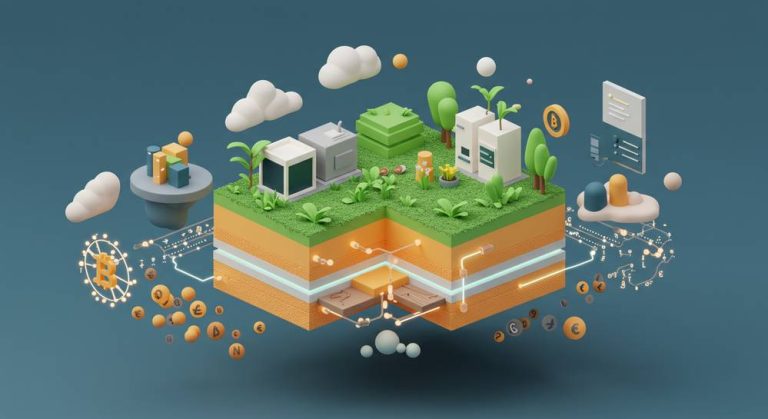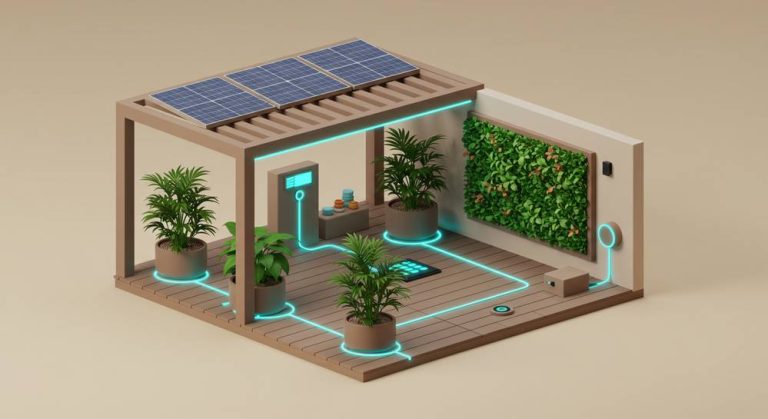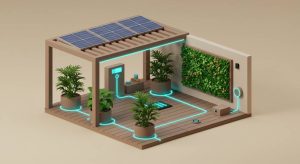Building a home with the future in mind means prioritizing sustainability from the ground up. The foundation of any green home is its materials. Choosing the right eco friendly building materials for sustainable homes not only reduces environmental impact but also enhances energy efficiency and indoor air quality, creating a healthier living space for you and your family. Let us explore the best options available.
What makes building materials eco friendly
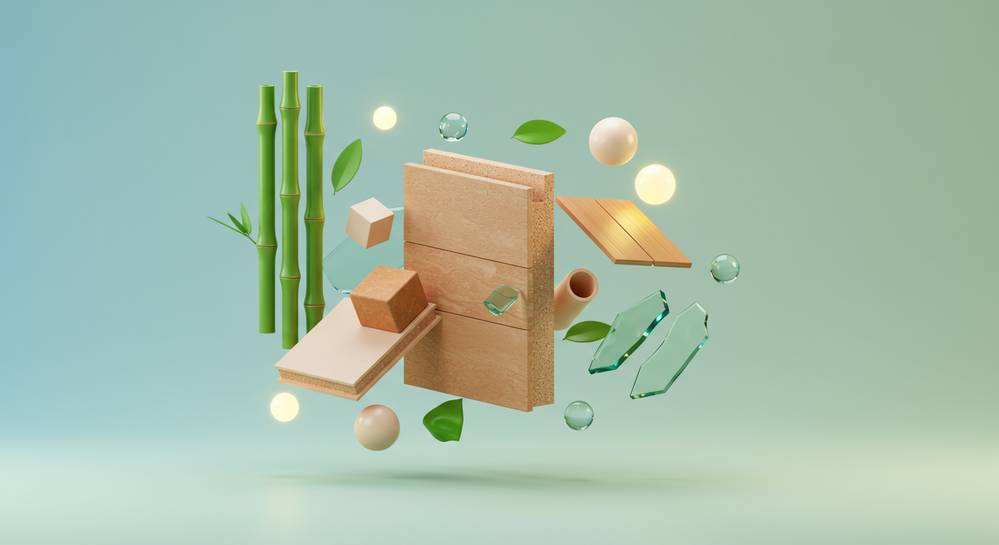
A material’s eco friendly status is determined by its entire lifecycle, not just its natural origin. Truly sustainable options minimize environmental impact from extraction to disposal. This comprehensive evaluation, known as a life cycle assessment, is the gold standard. It ensures that the eco friendly building materials for sustainable homes you choose are genuinely better for the planet and its inhabitants.
To be considered truly sustainable, a material must excel across several critical benchmarks. These criteria go beyond simple labels and provide a clear framework for making responsible choices. They address everything from resource management to the health of the home’s occupants.
- Sustainable Sourcing: The material comes from renewable sources that are harvested responsibly, like certified wood, or is made from abundant, raw elements.
- Recycled Content: It incorporates significant pre-consumer or post-consumer waste, diverting materials from landfills and reducing the need for virgin resources.
- Low Embodied Carbon: Its manufacturing process consumes minimal energy and water while avoiding the release of harmful pollutants into the environment.
- Energy Efficiency: Once installed, the material helps insulate the home, reducing the energy required for heating and cooling systems.
- Health and Safety: It is non-toxic and free of volatile organic compounds (VOCs), which improves indoor air quality and supports the creation of health-focused smart homes.
Top eco friendly materials for modern homes
The market now offers many excellent eco friendly building materials for sustainable homes. These alternatives reduce a home’s carbon footprint. They also provide unique aesthetics and functional benefits, fitting perfectly with various modern architectural styles. Here are some of the most effective choices available today.
Bamboo
As a rapidly growing grass, bamboo is a highly renewable resource. It possesses impressive strength and durability, making it suitable for flooring, cabinetry, and even structural components. Its natural appearance adds a warm and contemporary feel to interior spaces, blending sustainability with style.
Cork
Harvested from the bark of cork oak trees without causing harm, cork is exceptionally sustainable. It serves as a superb natural insulator against heat and sound. Additionally, it is inherently resistant to mold and mildew, providing a comfortable and healthy surface for flooring.
Reclaimed Wood
Using salvaged wood from old structures prevents landfill waste and reduces the demand for new logging. Reclaimed wood is valued for its distinct character, aged patina, and proven durability. Each piece carries a unique history, adding depth and a compelling story to any home design.
How to choose the right sustainable materials

Selecting the right eco friendly building materials depends on factors specific to your project. A material perfect for one home might not suit another. Considering key criteria will help you make an informed and effective decision for your sustainable build, ensuring long term performance and minimal environmental impact.
- Climate and Location: Choose materials suited to your local climate. High thermal mass is ideal for areas with large temperature swings, while moisture resistance is crucial in humid regions.
- Budget and Availability: Sustainable materials can have a higher upfront cost but often lead to long term savings. Check local availability to reduce transportation costs and carbon emissions.
- Durability and Maintenance: Opt for materials that are long lasting and require minimal upkeep. Durability is a key aspect of sustainability, reducing the need for replacements over the buildings lifespan.
- Aesthetics and Design Goals: Your chosen materials should align with your architectural vision. The range of eco friendly options today means you do not have to compromise on style to build sustainably.
Innovations in sustainable construction
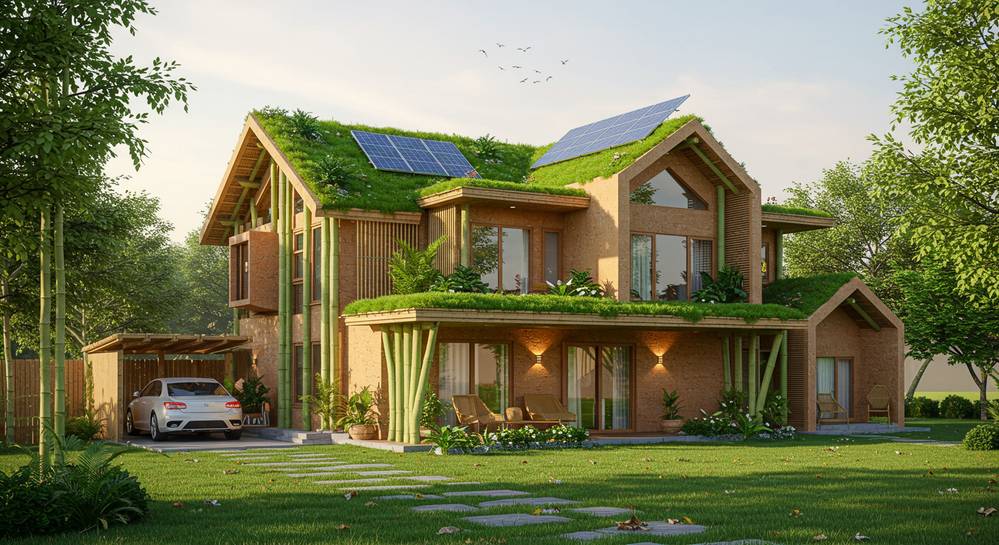
The field of sustainable construction is constantly evolving. New technologies and materials promise a greener future for our homes. These innovations focus on enhancing performance and creating smarter buildings, pushing the boundaries of what eco friendly building materials for sustainable homes can achieve. They represent the next generation of green building.
These emerging materials are moving from laboratories to real world applications. They offer solutions that are not only better for the environment but also provide superior durability and functionality. Here are a few pioneering examples shaping the future.
- Self-Healing Concrete: This revolutionary material uses bacteria to produce limestone, automatically filling any cracks that form. It significantly extends the lifespan of concrete structures and reduces the need for costly repairs.
- Mycelium Composites: Mycelium, the root structure of mushrooms, can be grown into strong yet lightweight building materials. These composites are fully biodegradable, serve as excellent natural insulators, and are completely fire resistant.
- Transparent Wood: A recent material science breakthrough, transparent wood is a potential replacement for glass. It is stronger, lighter, and a better thermal insulator, offering new possibilities for highly energy efficient windows and advanced solar cells.
Choosing eco friendly materials is a critical step toward creating a truly sustainable home. By prioritizing options that are renewable, low-impact, and energy-efficient, you contribute to a healthier planet and a more comfortable living space. Begin your green building journey with Future Home Fixtures to explore the best solutions for your project.
